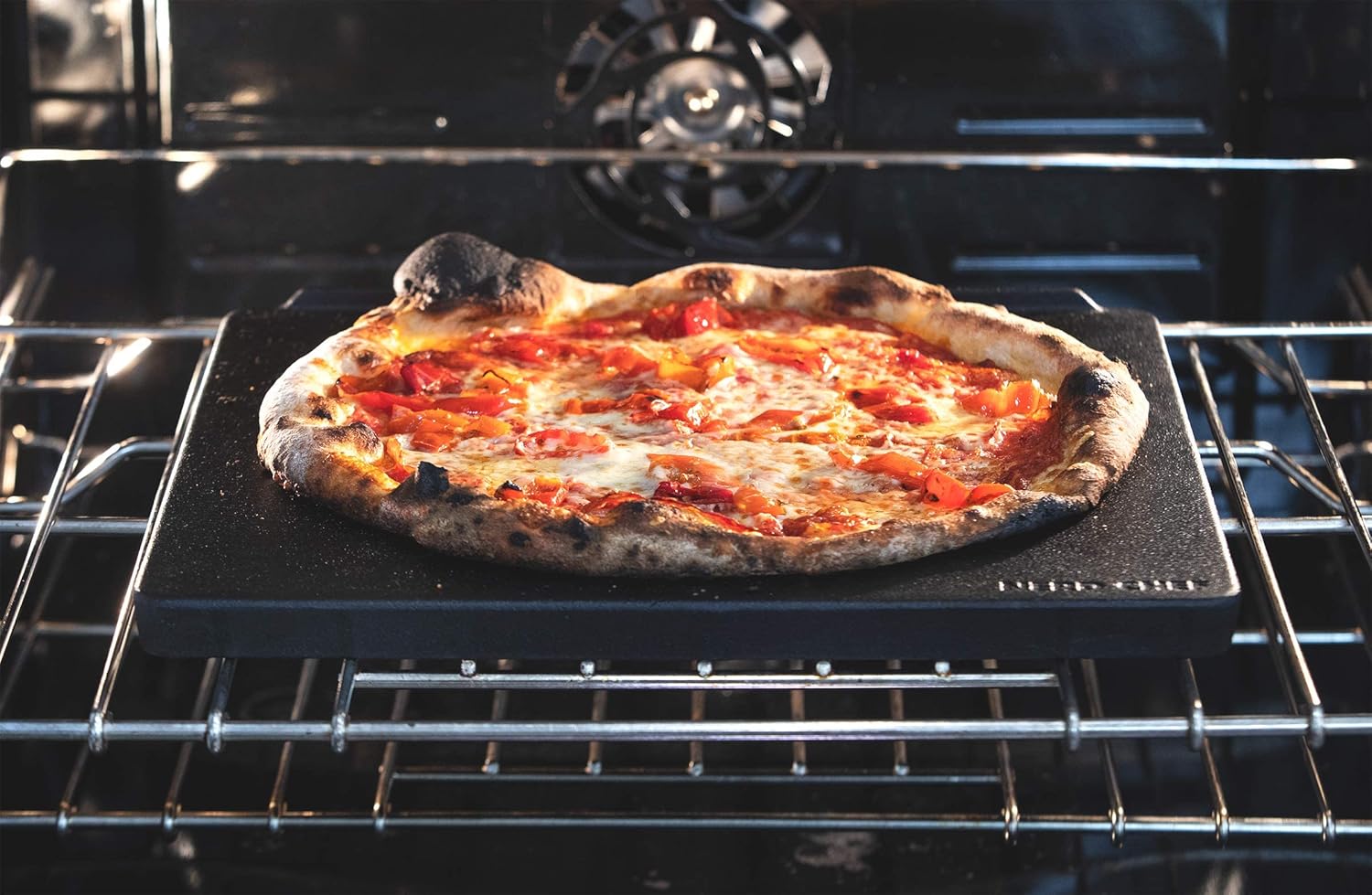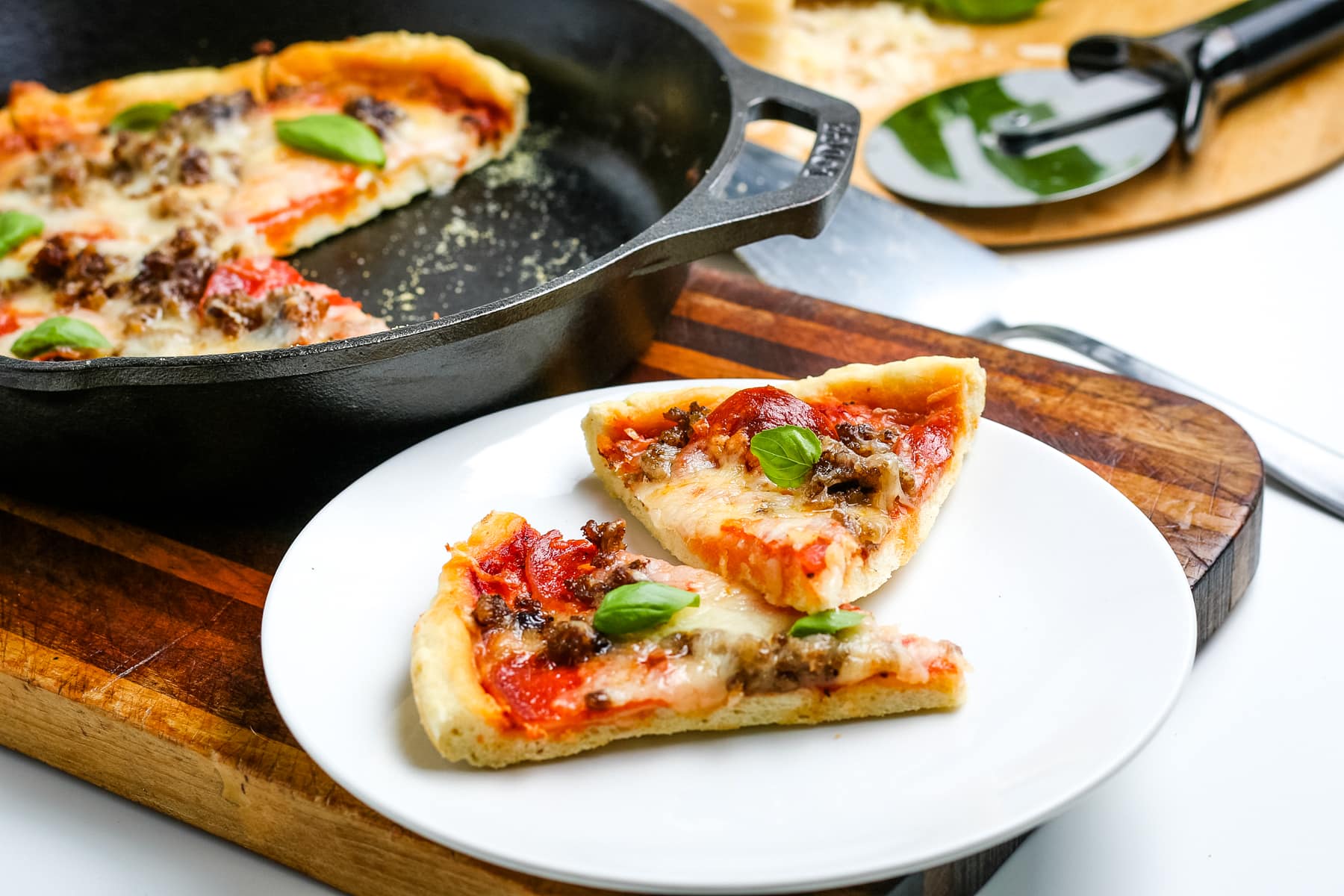Baking bread on a baking stone can transform your culinary creations from basic loaves to artisan-quality bread right in your kitchen. This tried-and-true method offers a delectable texture and flavor rooted in ancient practices, yet it remains essential for modern kitchen professionals seeking excellence. Achieving that perfect crust and chewy crumb is every baker's dream, and with the right knowledge, it's within reach.

Understanding the Magic of Baking Stones
Baking stones, often referred to as pizza stones, have been staples in the culinary arts for their ability to mimic the effects of a brick oven. They absorb heat evenly and maintain a constant temperature, which is crucial for getting that perfect rise and golden brown crust. By using a stone, bread receives direct heat from the oven floor, enhancing its texture.
For more on how these magical stones work, consider exploring this detailed guide that explains their functionality in depth.
Preparing Your Baking Stone
Proper preparation of your stone is crucial before making your first loaf. Start by placing the stone on the lowest rack in your oven so it heats up alongside the oven temperature. Preheating is keythis step, detailed in instructions like those found in how to preheat a baking stone, ensures that your stone is at the optimal temperature for bread.
:max_bytes(150000):strip_icc()/pizza-stone-testing-winners-the-original-baking-steel-wdickey-7-63-0eab155b17994dcc94fe89c908bab57d.jpg)
Key Tips for Using Baking Stones
To make the most out of your baking stone experience, implement these tips: always dust your stone with flour or cornmeal to prevent sticking, and use a peel tool to transfer bread onto the stone safely and efficiently. Mismanaging this process can lead to cracks or breakage as further explored in baking stone safety tips.
This article contains affiliate links. We may earn a commission at no extra cost to you.






Leave a comment
This site is protected by hCaptcha and the hCaptcha Privacy Policy and Terms of Service apply.